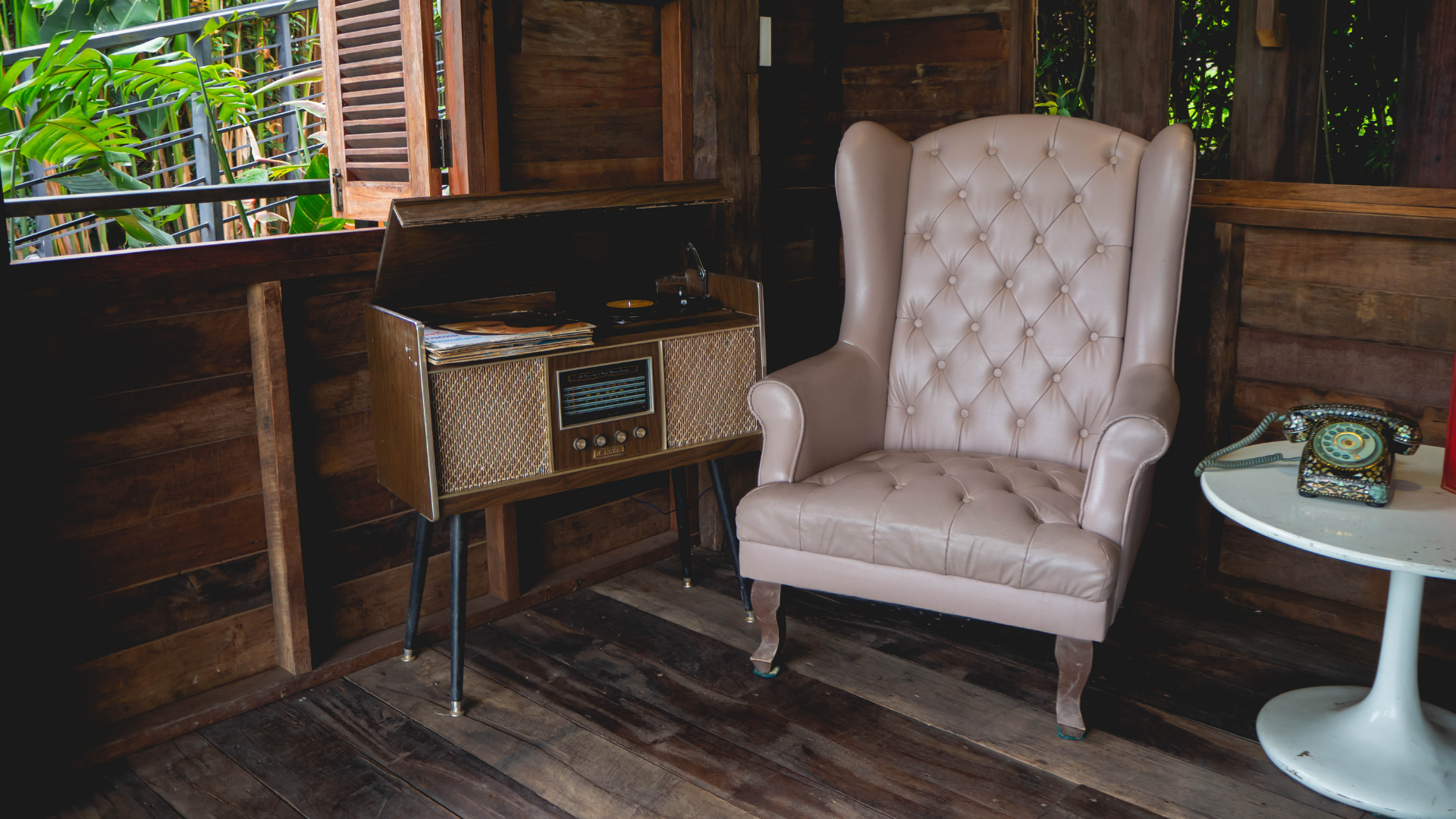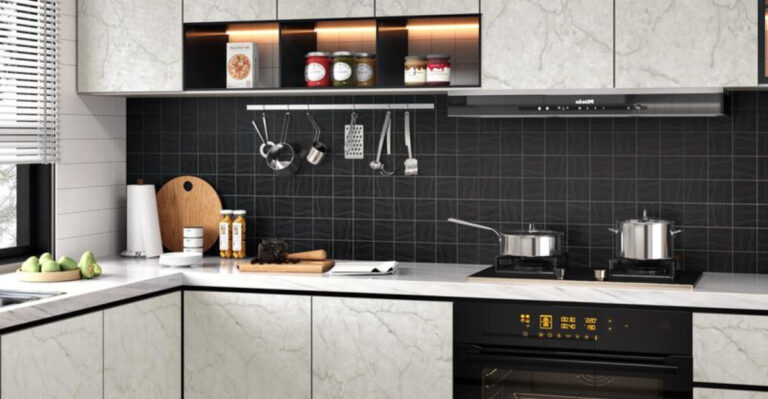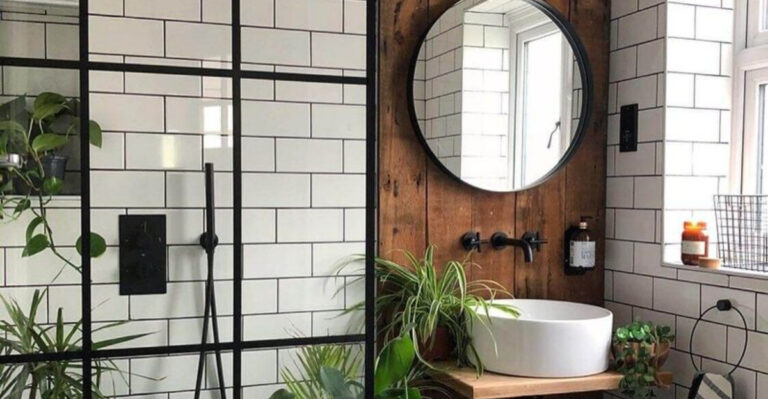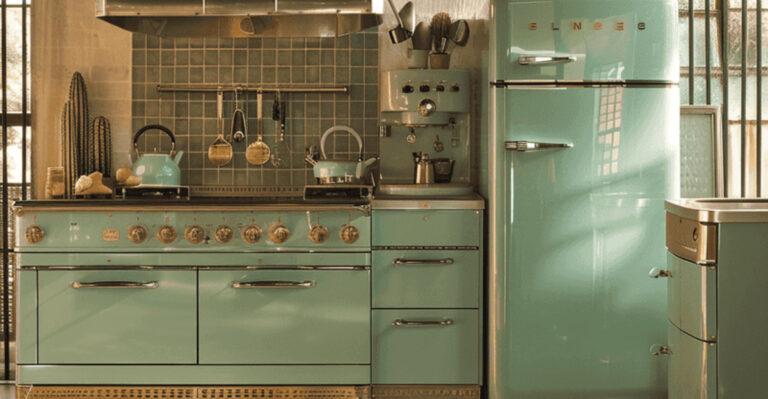Boomers And Gen X Had These 18 Things In Their Homes (Younger Generations Are Stumped)
Walking into my grandparents’ house always felt like stepping into a different world. There were things on the shelves and in the kitchen that made no sense to me as a kid, gadgets that needed real effort to use, giant TVs that weighed a ton, and phones with cords that barely stretched across the room.
Looking back now, those things tell a story of how different life was before everything went digital. It’s funny to think how normal it all seemed then, and how some of it would probably confuse kids today just as much as it once confused me.
1. Rotary Telephones

Calling someone meant physically rotating a dial for each number and waiting for it to spin back before dialing the next one. No contacts list, no speed dial, just pure finger strength and patience.
Kids today would be completely lost trying to figure out how to use these clunky communication devices. Many families even had special telephone tables just to hold these conversation machines.
2. TV Antenna Adjusters
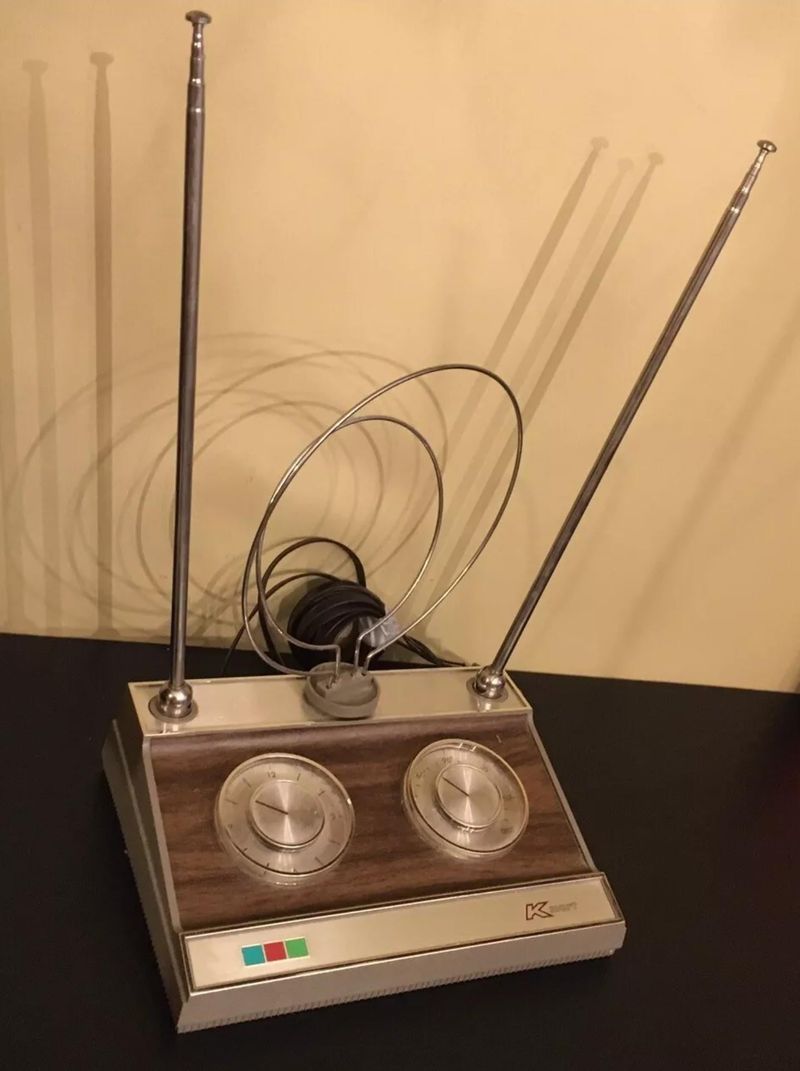
Sometimes getting clear reception on your favorite show required an elaborate dance around the living room while holding aluminum foil-wrapped rabbit ears. Family members would shout directions like “a little to the left” or “hold it right there!”
Weather could mess up your signal at the worst possible moment. The younger crowd would be shocked that you couldn’t just restart a show or switch to streaming.
3. Record Players
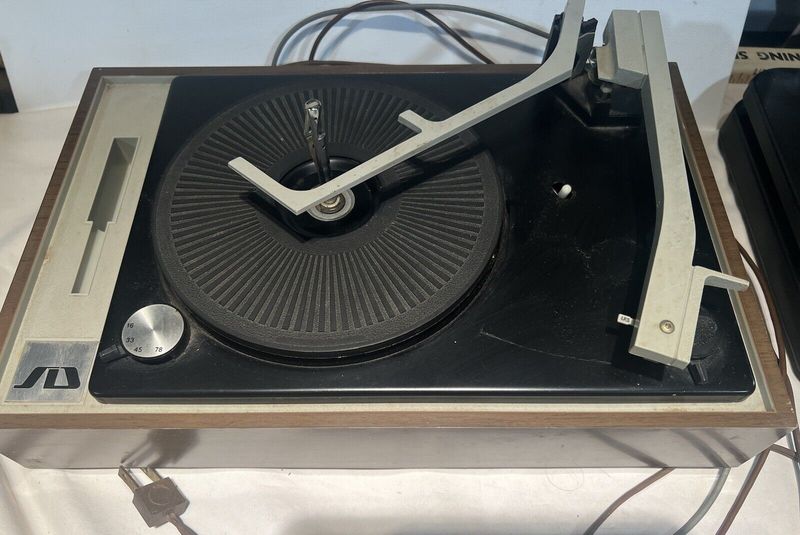
Long before streaming music, vinyl records spun on turntables while a needle physically read the grooves. You had to handle these musical discs with extreme care, avoiding fingerprints and scratches.
Flipping the record halfway through was part of the listening ritual. While vinyl has made a hipster comeback, the average teen would be puzzled by the lack of skip buttons or playlists.
4. Phone Books
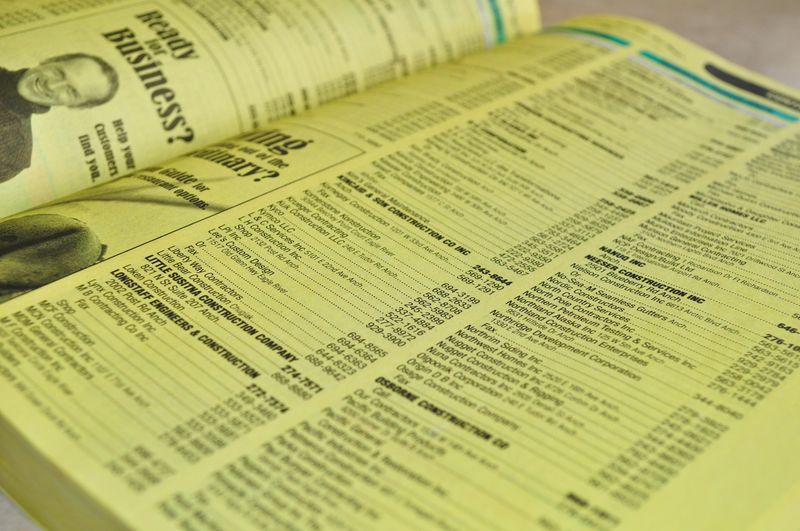
Massive yellow directories listing every business and white pages with residential numbers were delivered yearly to doorsteps across America.
Finding someone meant knowing how to alphabetize and having strong fingers to flip through hundreds of tissue-thin pages.
Phone books also doubled as booster seats for kids or doorstops in a pinch. Many Gen Z members have never even touched one of these paper databases.
5. Wall-Mounted Can Openers
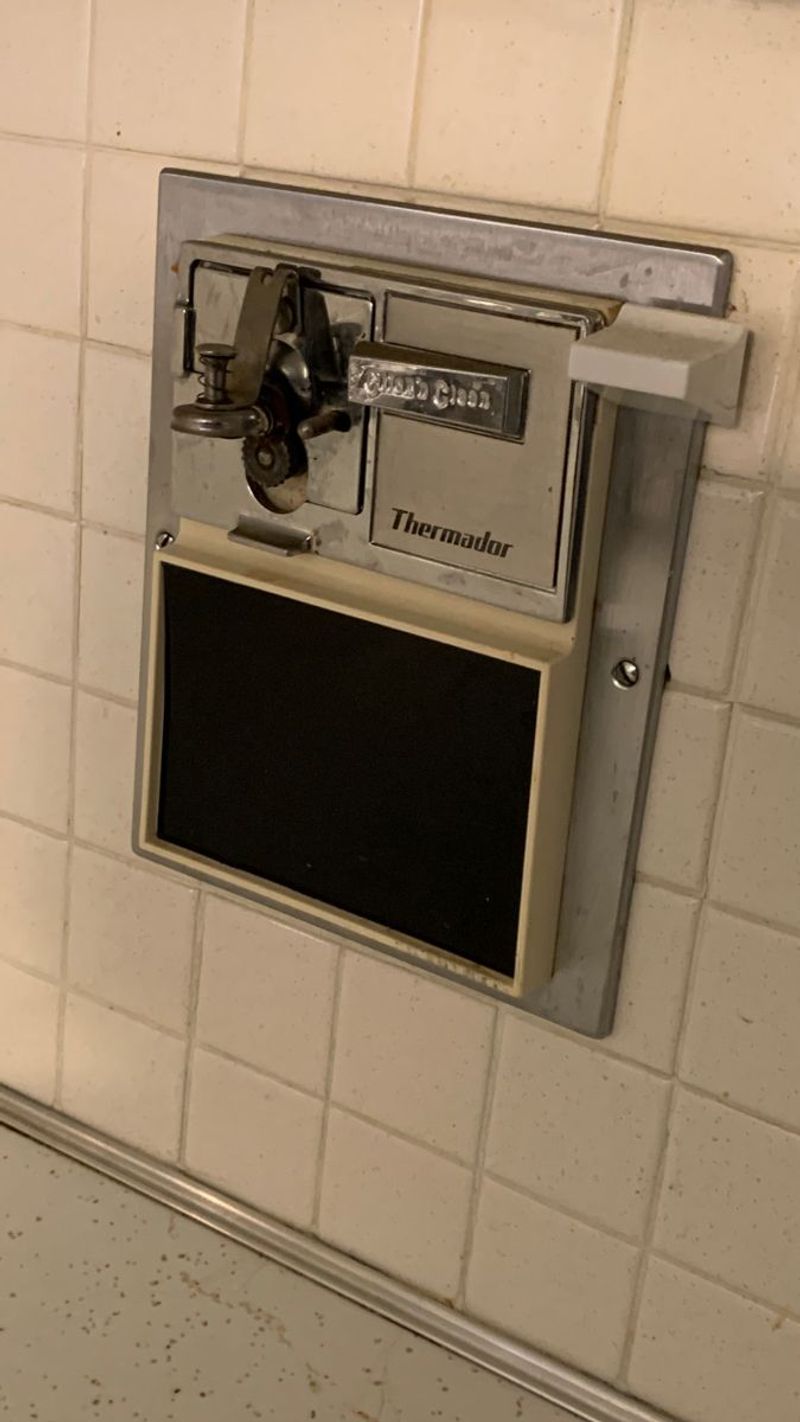
Mounted beside the kitchen cabinet lived a mechanical marvel that required real muscle to operate. You’d clamp the can, turn the crank handle, and listen to the satisfying grinding sound as it slowly cut around the edge.
These sturdy kitchen tools lasted decades without needing replacement. Modern kids accustomed to pull-tabs and electric openers would likely injure themselves trying to figure this contraption out.
6. Wood-Paneled Walls
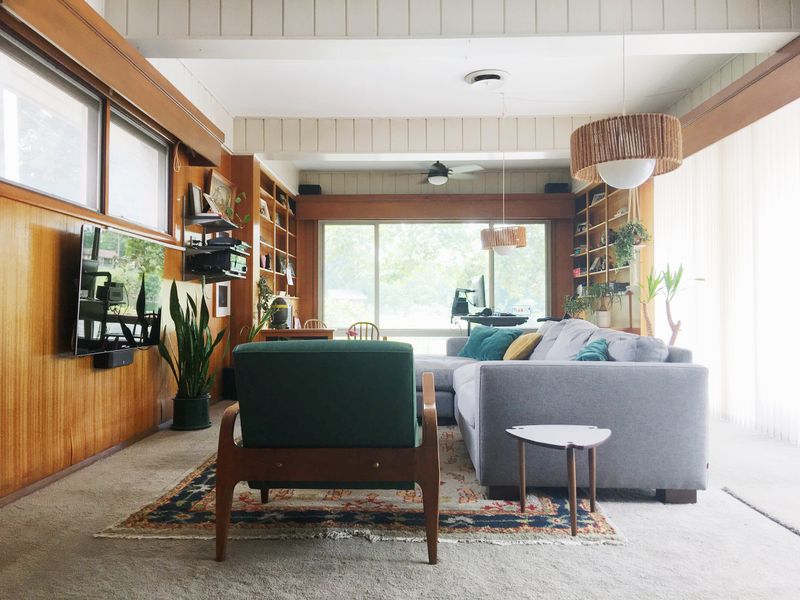
Nothing said “welcome to our home” in the 70s quite like dark wood paneling covering every vertical surface.
These sheets of faux or real wood transformed living rooms into what felt like cozy cabins, regardless of your actual location.
Often paired with shag carpeting for maximum effect. Today’s minimalist, white-walled aesthetic stands in stark contrast to these warm but definitely dated room coverings.
7. TV Dinner Trays
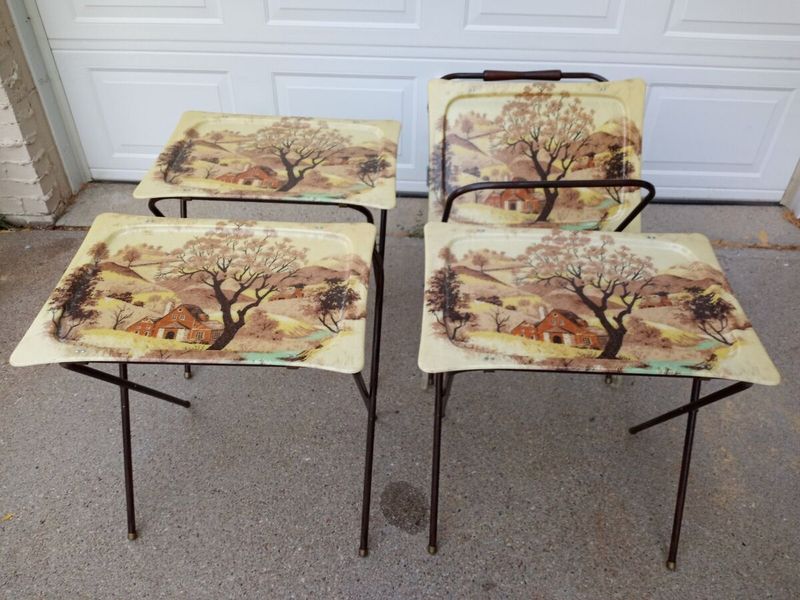
Folding metal stands with colorful tops created instant dining spots in front of the television. Families would set up these portable tables to enjoy frozen dinners in aluminum trays while watching evening programs together.
When not in use, they nested together in a corner. The concept of designated TV eating furniture might baffle today’s youth who eat wherever their devices happen to be.
8. Encyclopedias

Rows of matching hardbound books containing all human knowledge filled bookshelves in middle-class homes.
Parents often purchased these expensive sets through payment plans, believing they were investing in their children’s education.
Looking up information meant physically searching through volumes organized alphabetically. The concept of having to use the correct volume instead of simply typing a search query would mystify digital natives.
9. Cigarette Burns Everywhere
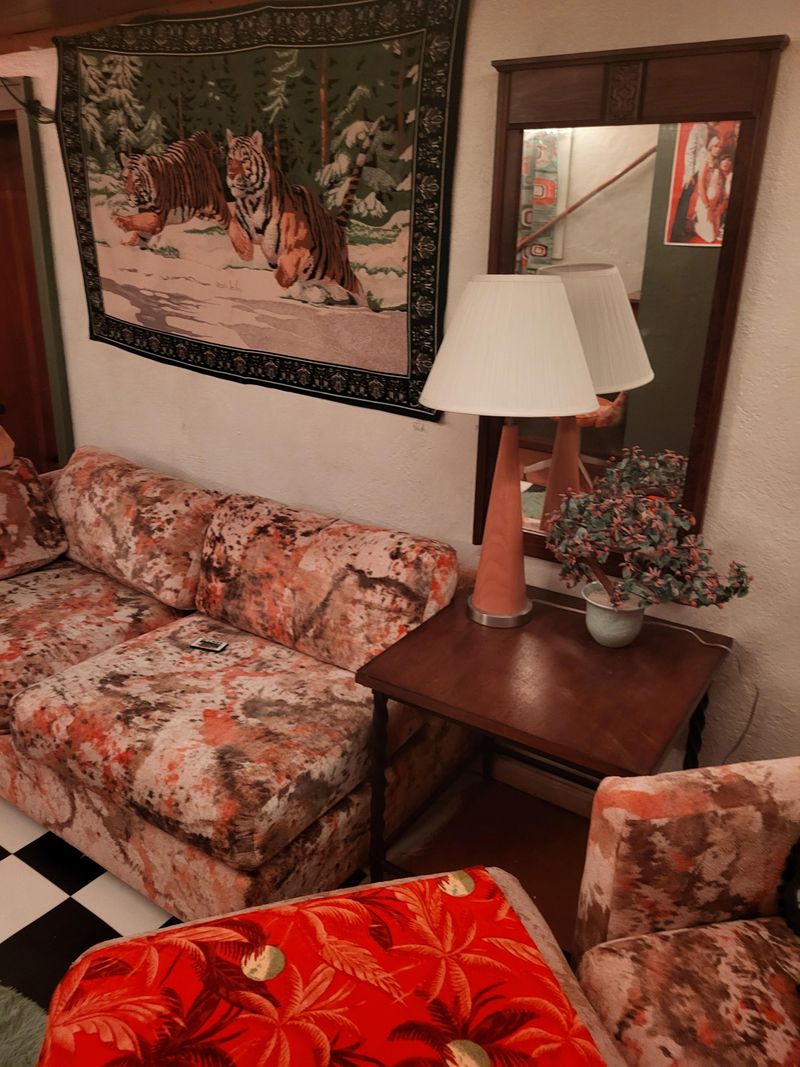
Tiny brown circles marked furniture, car interiors, and countertops as permanent reminders of an era when smoking indoors was completely normal.
Ashtrays were standard decor items in every room, often filled to overflowing during gatherings. Cars even came with built-in lighters and ashtrays!
The idea that people once freely smoked in homes, restaurants, and offices seems almost unbelievable to younger generations raised with strict smoking bans.
10. Console TVs
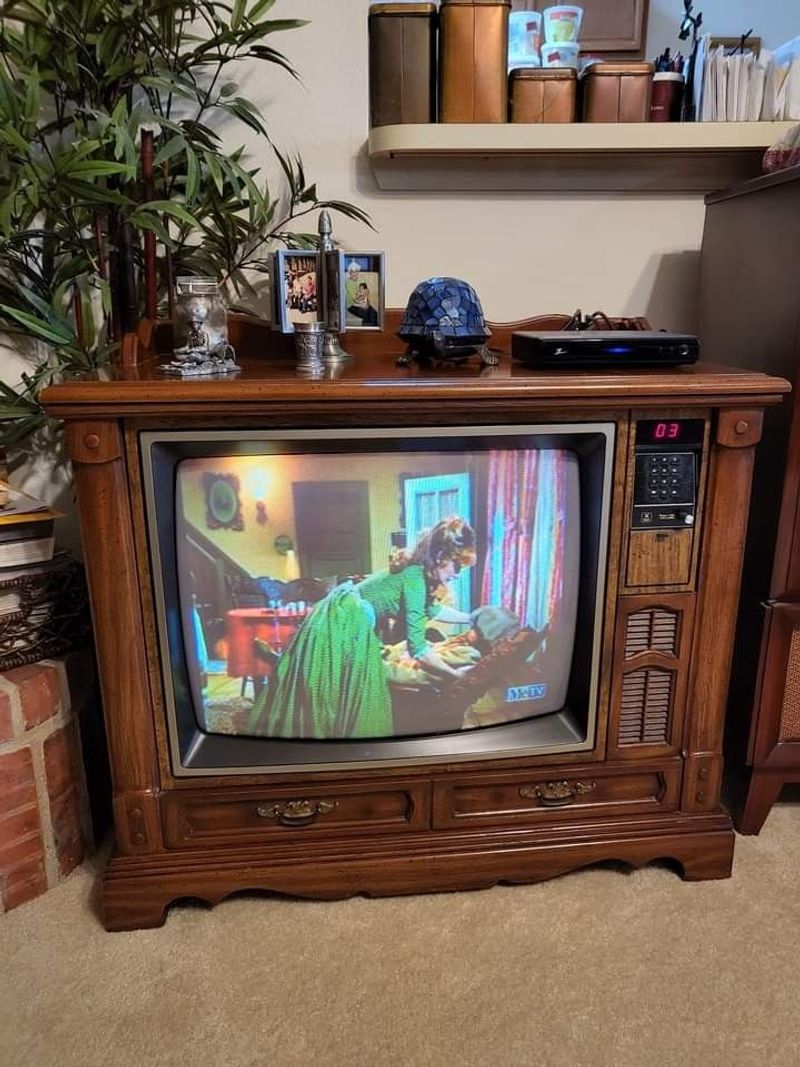
Television sets weren’t just screens but massive pieces of furniture that anchored living rooms.
These wooden cabinets housed relatively tiny screens compared to today’s standards, alongside built-in speakers and sometimes even record players.
They were so heavy they practically became permanent fixtures once placed. Some families even displayed decorative items on top, treating them as combination entertainment centers and display shelves.
11. Carpet In The Bathroom
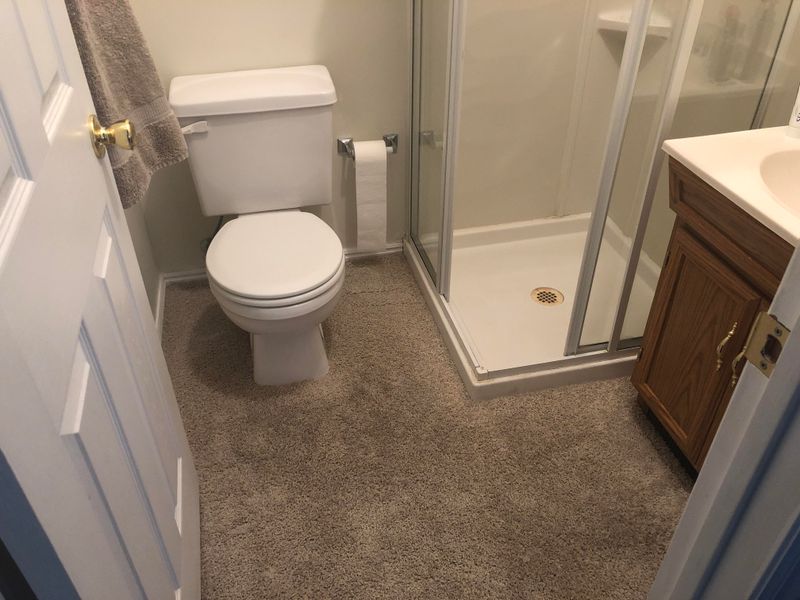
For reasons modern design sensibilities cannot comprehend, wall-to-wall carpeting in bathrooms was once considered luxurious.
Plush floor coverings surrounded toilets and bathtubs, absorbing who-knows-what over the years. Matching toilet seat covers and rugs completed the soft ensemble.
Young people today, who understand the implications of fabric near plumbing fixtures, would be horrified by this moisture-trapping trend.
12. Plastic Couch Covers
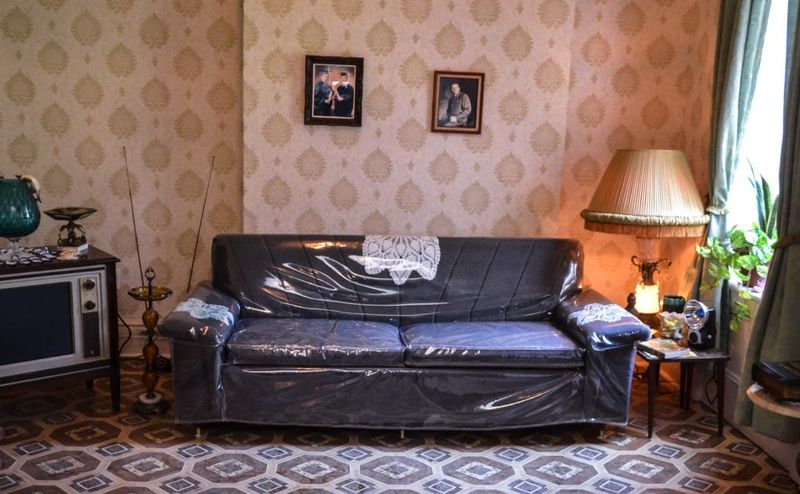
Clear vinyl sheeting protected “good furniture” in many homes, creating a sticky, sweaty barrier between sitters and the actual upholstery.
On hot days, standing up too quickly meant peeling your bare legs off with an audible sound. These transparent protectors were especially common in formal living rooms reserved for guests.
The concept of having furniture you don’t actually touch would seem bizarre to younger generations.
13. Answering Machines
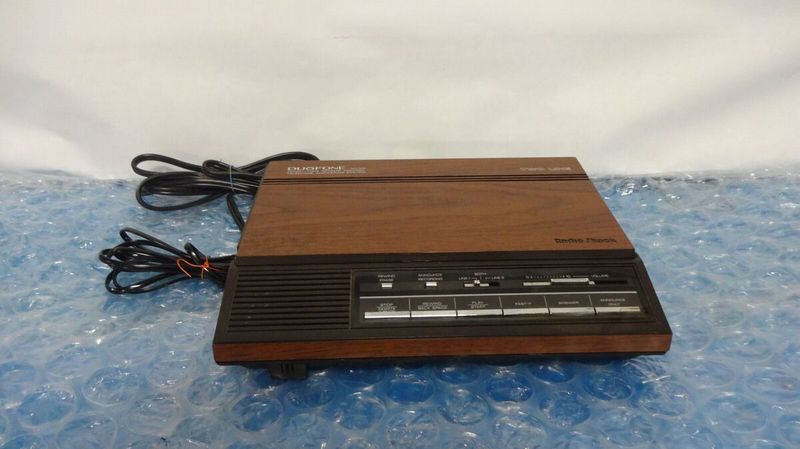
Before voicemail existed in the cloud, physical boxes connected to home phones recorded messages on actual cassette tapes.
Coming home meant checking if the blinking light indicated someone had called while you were out. Many people developed elaborate outgoing messages with music or jokes.
The physical act of rewinding tapes and pressing buttons to hear messages would be completely foreign to digital natives used to notifications.
14. Avocado Green Appliances
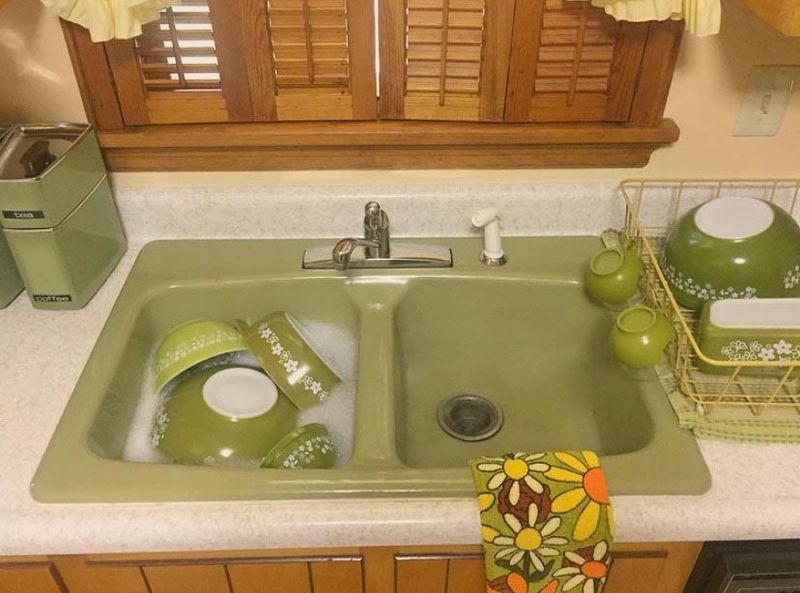
Refrigerators, stoves, and dishwashers came in colors that would make modern minimalists cringe. Avocado green, harvest gold, and burnt orange dominated kitchens across America during the 70s.
These colorful appliances were often paired with matching countertops and flooring. The commitment to coordination was impressive, if questionable by today’s standards where stainless steel and white dominate kitchen design.
15. Massive Microwave Ovens
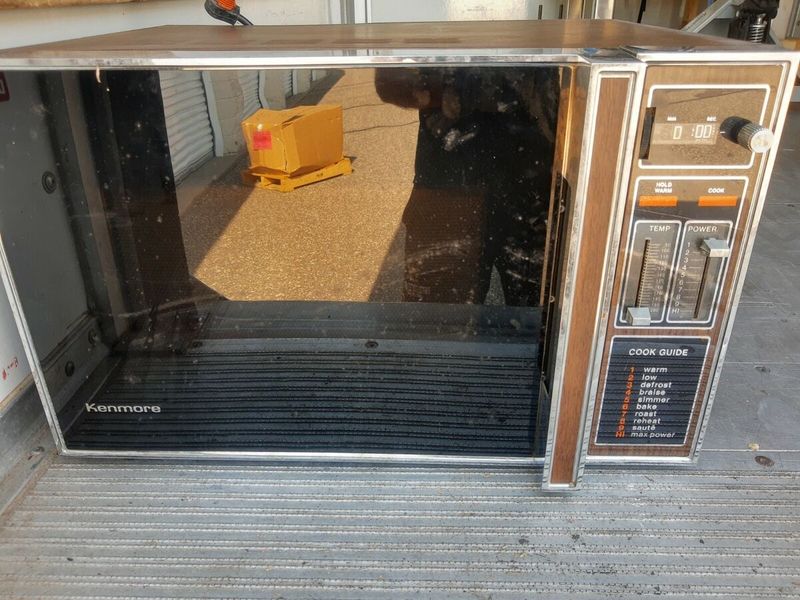
Early microwaves were counter-hogging behemoths that weighed a ton and came with thick instruction manuals. Some even had wood-grain paneling to match kitchen decor!
Using one required understanding actual cooking times and power levels, not just hitting a popcorn button.
The sheer size and limited functionality would surprise younger people used to sleek, intuitive modern versions.
16. Rolodex Card Files
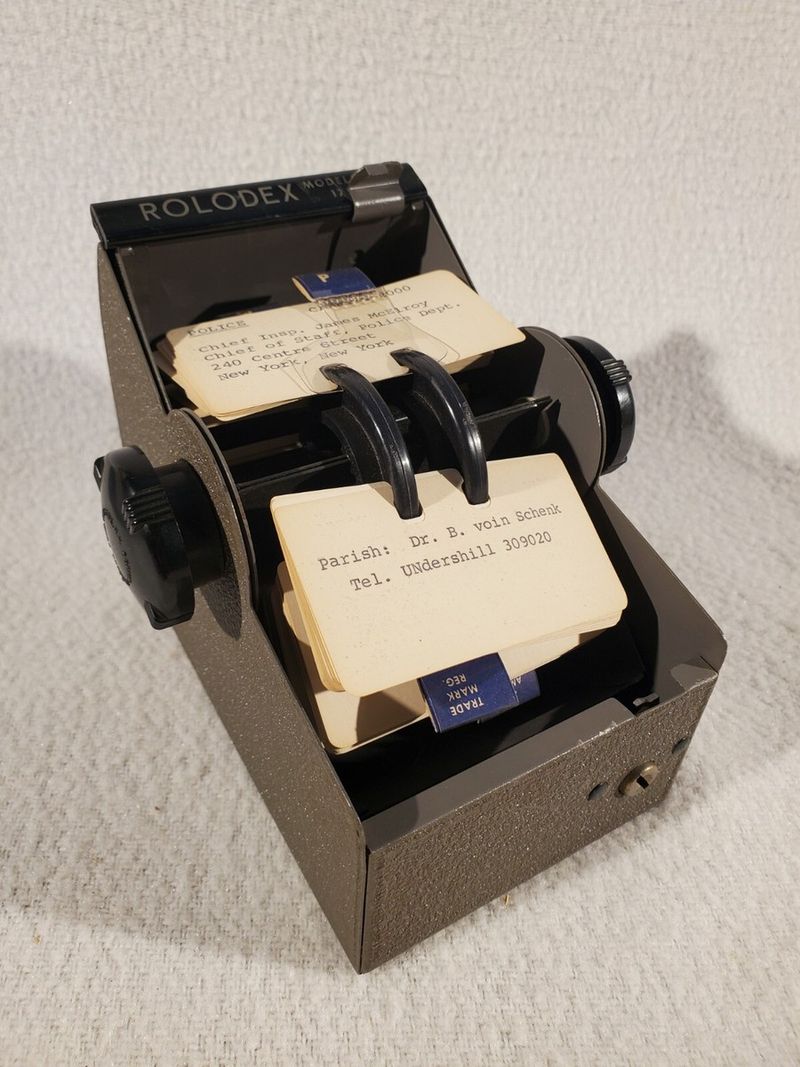
Spinning wheels of contact cards held every important phone number and address long before digital contacts existed.
Adding someone new meant handwriting their information on a special card and filing it alphabetically. Business people often measured their importance by how full their Rolodex was.
The physical act of flipping through cards to find someone would seem incredibly inefficient to anyone who has grown up with searchable contacts.
17. Water Beds

Sleeping on what was essentially a giant water balloon was the height of bedroom luxury for a time. These sloshing sleep surfaces required special frames, heaters, and occasional patching when leaks developed.
Getting in and out created waves that could last several minutes. The modern memory foam mattress crowd would be confused by the appeal of floating on what feels like a gentle ocean while trying to sleep.
18. Photo Albums
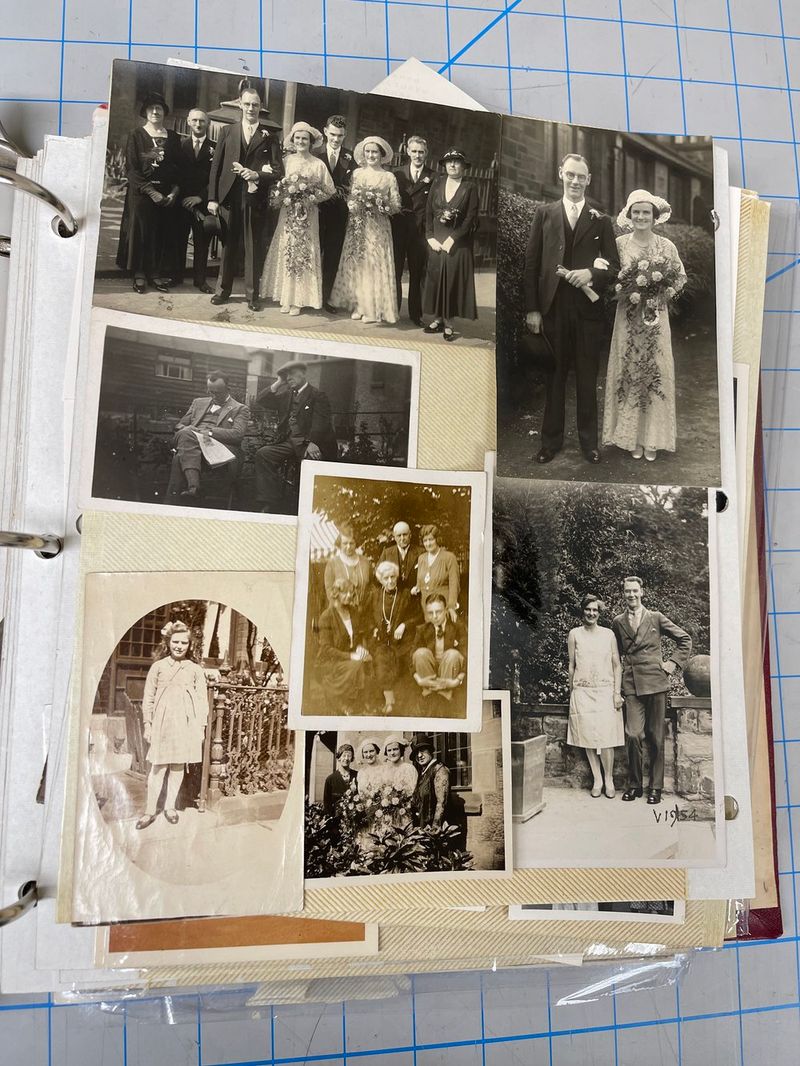
Before cloud storage, precious memories lived in bulky books with sticky pages covered in clear plastic. Families would gather around these tomes to relive vacations, birthdays, and special occasions together.
Each roll of film was precious since you paid for developing regardless of quality. The idea of not being able to immediately see, delete, or retake photos would seem incredibly restrictive to the Instagram generation.

